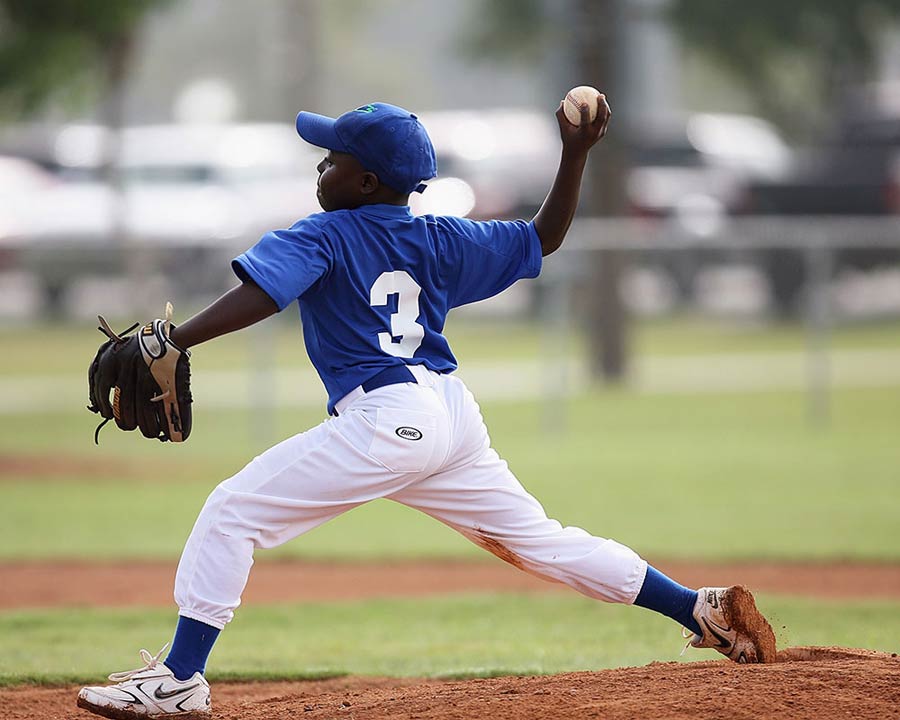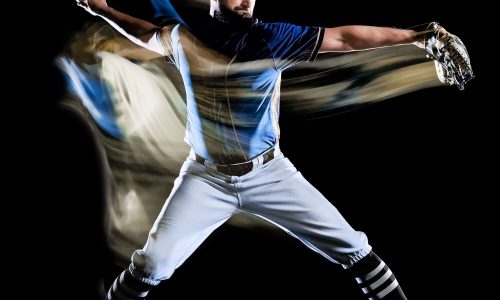Pitching Technology: How Accurate Can It Be?
A perfectly placed fastball. A wicked curve that leaves batters baffled. Masterful pitching is an art honed through repetition and adjustments.
For generations, coaches eyed pitchers and tweaked mechanics through imprecise naked-eye observations. Today, technology aims to transform coaching with unprecedented insights into the pitching process. From wristband sensors to AI-tracking cameras, a widening array of innovations promise to decode pitching’s intricacies.
But just how accurately can technology assess a skill as nuanced as pitching? Evaluating emerging systems offers a useful perspective. Can wearable sensors catch subtle flaws in form? Do high-speed cameras and motion mapping software pick up tiny variances that human eyes cannot? Have computer models progressed enough to offer individualized tips exceeding general principles?
As data permeates sports development, quantifying what cutting-edge tools actually add to pitching training will illuminate how close we are to meaningful technological transformation. With mastery on the mound essential to baseball glory, advancements that sharpen pitching precision could make the difference for hurlers striving for greatness.
Cutting-Edge Pitching Technology
The latest pitching machines leverage massive data sets and advanced algorithms to emulate specific MLB pitcher repertoires with extraordinary accuracy. Optical sensors, proprietary software, and precision robotics recreate not only pitch flight details but even a pitcher’s windup and release point.
Batters now face live feeds of a pitcher’s motion synchronized to pitches that mirror the original’s action. The effect aims to produce practice closer than ever to a real at-bat. Teams are investing heavily as technology promises to bridge the growing gap between offense and tech-assisted pitching.
Data Accuracy and Pitcher Development
While simulating offense, the same tech aids pitchers too. Granular data identifies inefficiencies and overuse risks long before injury. Pitchers perfect new weapons in safety and then test them against batters live. As balls and strikes get called electronically, their feedback sharpens too.
Precision instruments track progress through rehab as well, protecting investments in aces. Teams try restricting machine use to balance prep versus fatigue, but the appeal is clear. One club even evaluated their pitchers against themselves, combining database scouting and self-scouting.
Technology in Game Situations
Pitching machines directly assist games via batting practice and bullpen tune-ups. But their game impact blooms in the data now embedded in team systems. Advance scouts no longer need just notes and memory but instead, wield databases detailing opponents. Pitch selection algorithms suggest what to throw and when.
Real-time video not only checks form and fatigue but also searches for tips betraying pitch types. Machine learning studies tendencies over multiple seasons, bringing context well beyond personal experience. Technology now enables preparation off the field to provide advantages on it.
Balancing Technology with Traditional Coaching
As capable as intelligent machines appear, however, coaches caution against relying on them over in-person instruction. No database substitutes for 1-on-1 work perfecting technique and adjusting to feel. Nor can software replicate gut intuition born of long experience.
Integrating trusted methods with new technology works best. One coach described their role now as curating information and guiding applications rather than supplying it themselves. Collaboration gives teams the best of both worlds.
Challenges and Criticisms
Players accept equipment regulation but pushback arises when tech affects games directly, especially data use during play. Analytics benefit viewers and bettors too, not just teams. Questions multiply regarding who truly owns in-game data.
Over-dependence on databases at the expense of eyesight and instinct also concerns coaches. Memory forms experience; experience informs decisions. Some doubt machines predict tendencies, preferring instead to exploit predictable human nature.
The Future of Pitching Technology
In coming years, pitching machines will grow even smarter as sensors shrink and software quickens. Expanding 5G networks will link systems seamlessly, enabling centralized control and instant sharing of settings across an organization. Soon real-time data and video may stream wirelessly right onto eyewear.
For just as tools can match human ability now, approaching the limits of natural talent, technology will reshape assumptions of what is physically possible. Machines long focused on developing young prospects might soon assist aging players too, extending peak performance. Not just what is thrown, but who throws, may transform.
Conclusion
This new generation of pitching technology offers valuable accuracy, realism, and insight for players and coaches. Well-designed integration with trusted training methods allows both pitchers and batters to reach new heights. Technological help in preparation, recovery, studying opponents, and simulating games provides teams with an edge previously unimaginable.
Yet reliance solely on technology risks losing touch with intuitive, experiential baseball wisdom. Balance remains key; memory and feel still prevail over circuits and code in the heat of battle. Moving forward thoughtfully, neither rejecting nor blindly embracing new pitching science, gives teams the best chance of success. For in the end, the human element decides who wins.




